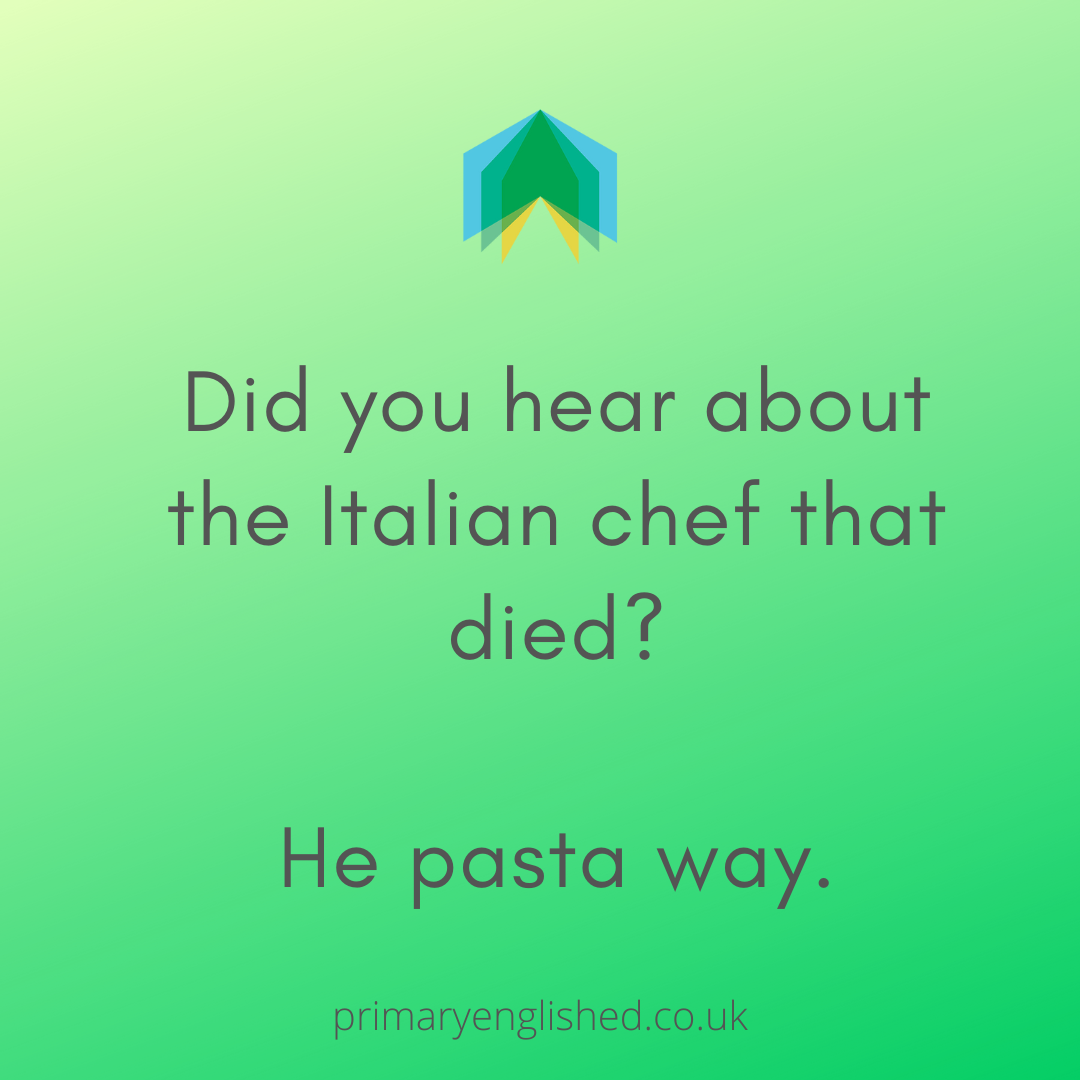Hello Yellow: Goodbye Grey
After spending a few weeks under the dustsheets, I’m delighted to say that here at Primary English HQ, we’ve put away the colour charts, packed up the wallpaper paste and washed out our painting brushes. Our website renovation is over, and I think you’ll agree we’re looking rather striking.
Vivacious Vocabulary: books to support playful vocabulary learning
In this article I share some of the children’s books I take to schools when training teachers and TAs about vocabulary. To know a word well requires: “Rich, decontextualised knowledge of a word’s meaning, its relationship to other words, and its extension to metaphorical uses.” Beck, McKeown, & Omanson (1987). The quotation above finds its way into all the vocabulary training that I do. To me it sums up what word learning is all about.
What’s the big idea? Identifying themes in texts
In this article, I take a brief look at supporting children to identify themes in texts.
The National Curriculum asks that children in Year 5 and Year 6 identify and discuss themes and conventions in writing. But what are themes?Themes are not the plot and they are not the genre. Instead, themes are the underlying messages that exist beneath the words written on the page. They are the big ideas that the author is trying to convey to the reader.
Graphic Organisers – the Frayer Model
I’m currently big on graphic organisers. It’s the way that graphic organisers make it easier for children to articulate their understanding that I particularly like. But also, it’s the way that a really good graphic organiser lends itself to a multitude of educational requirements. The Frayer model (sometimes called the Frayer diagram) is one such graphic organiser.
Filling the Gaps with Authentic Writing
Writing for purpose and audience in order to fill the gaps in children’s writing.
Progression in Narrative Texts
How our fantastic FREE Progression Document can help you plan for narrative writing across KS1 and KS2.
Playing with words
The first in a series of posts about putting the playfulness into vocabulary learning.
Progression in Non-Fiction Texts
Our hugely popular FREE download guides you through the grammatical features found in authentic non-fiction texts and helps you teach those skills progressively across KS1 and KS2. Read more about it here.
Promoting a Whole School Love of Reading
In which I outline a range of approaches to help you promote a love of reading in your school. An essential read for teachers looking to improve: reading aloud, children’s engagement with reading, staff knowledge and love of children’s literature and much, much more.
Any Questions? Consideration of the Reading Content Domain
A short article introducing our hugely popular KS2 question prompts for the Reading Content Domains. A must-read article for teachers looking to develop questioning to meet the requirements of the KS2 SATs.
Riddle with vocabulary
Wordplay is a great way to grow vocabulary. In this article we look at riddles and how they can improve language learning in your classroom.
Very punny vocabulary
In this post I consider the place of wordplay in building children’s vocabularies.
In the groove with grammar
A round up of grammar articles and advice from the Primary English website.
Quick tips for grammar: the die is cast
A collection of ideas for using dice to support the teaching of grammar.
Quick tips for grammar: commas and clauses
Quick and easy ideas to support teaching and learning about commas and clauses.
Quick tips for grammar: commas in lists
Quick and easy ideas to support teaching and learning about commas in lists.
Quick tips for grammar: possessive apostrophes
Quick and easy tips to support teaching and learning about possessive apostrophes.
Quick tips for grammar: inverted commas
Quick and easy tips to support teaching and learning about inverted commas.




















